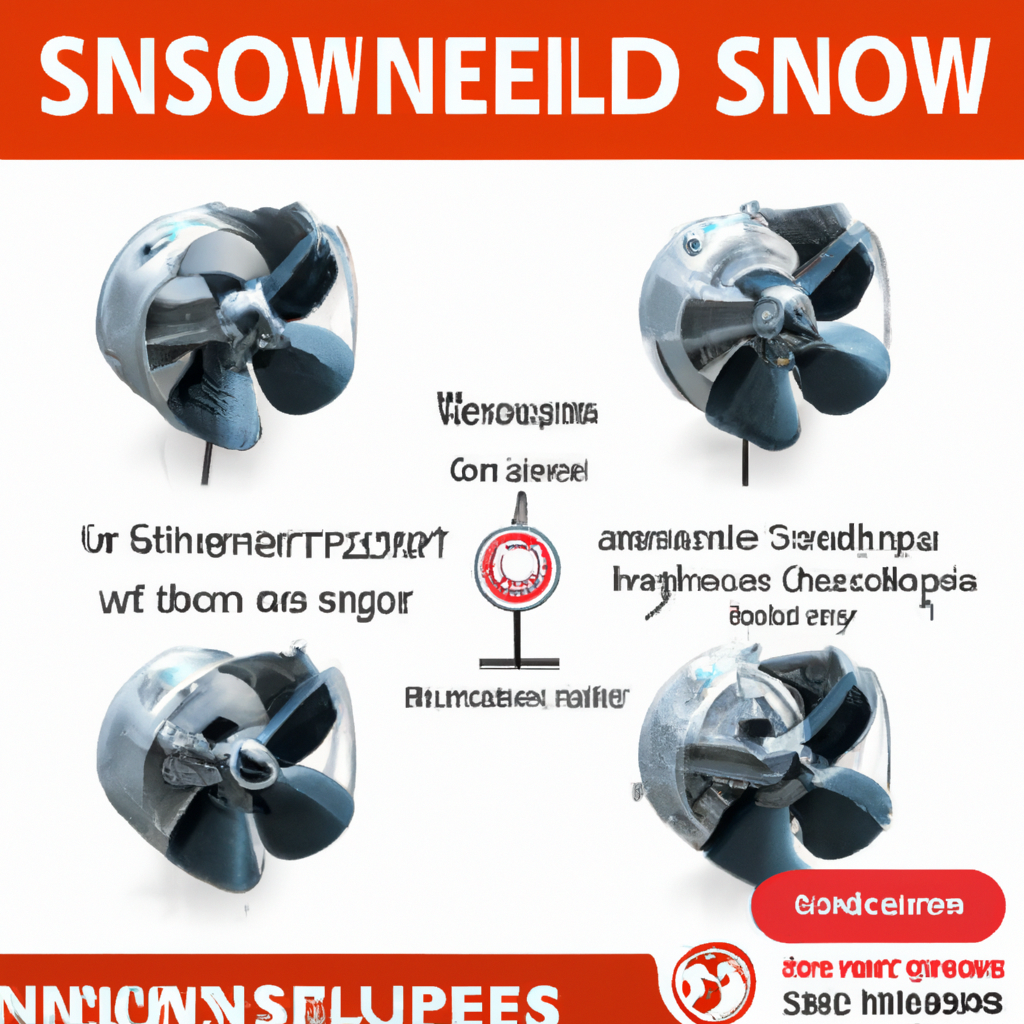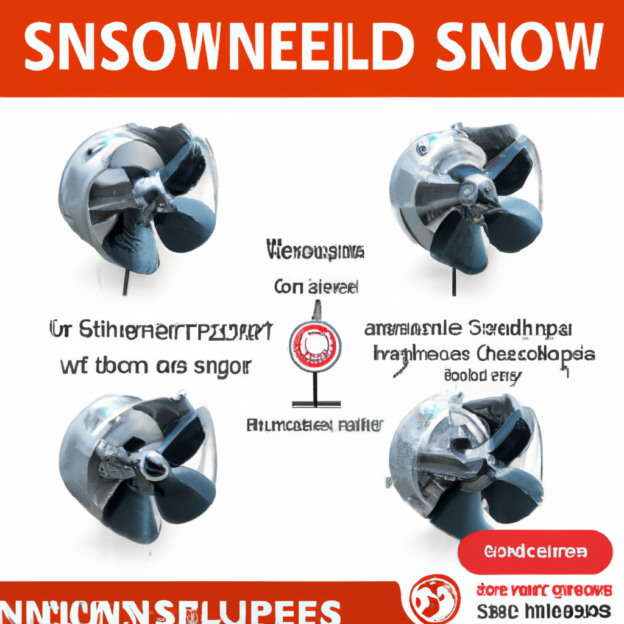Imagine a snowy winter day – the kind where you wake up to find your driveway and walkway buried beneath a thick blanket of snow. As you gear up to tackle the task of clearing it, you may wonder about the mysterious contraption that sits inside your trusty snowblower – the impeller. In this article, we will uncover the crucial role of a snowblower’s impeller, the unsung hero that transforms your snowy woes into a clear and passable path.
What’s The Role Of A Snowblower’s Impeller?

1. Definition of an impeller
An impeller is a crucial component of a snowblower that is responsible for the movement and discharge of snow. It is typically a rotating device with blades or paddles that create a force, allowing the snow to be thrown out of the machine. The impeller is connected to the engine or motor of the snowblower and plays a vital role in effectively clearing snow from driveways, sidewalks, and other surfaces.
2. Function of the impeller
The main function of the impeller is to gather the snow that is collected by the auger and propel it out through the chute. While the auger is responsible for breaking up and collecting the snow, it is the impeller’s task to create the necessary force to propel the snow away from the clearing path. The impeller spins at a high speed, which generates centrifugal force, effectively throwing the snow out of the snowblower. This function is crucial for efficient snow removal and preventing clogging of the machine.
3. Role in snow removal process
The impeller’s role in the snow removal process is vital. After the auger collects the snow, it is transferred to the impeller, which then propels it out through the chute, effectively clearing the path. Without an efficient impeller, the snowblower would struggle to remove the snow effectively and could result in clogs or inefficient operation. The impeller ensures that the snow is thrown a sufficient distance away from the clearing area, minimizing the need for additional passes and enhancing overall efficiency.

4. Impeller design and construction
Impellers are designed with specific considerations in mind, including durability, performance, and debris management. They are constructed with sturdy materials such as steel or heavy-duty composites to withstand the impact of icy or compacted snow. The design incorporates blades or paddles strategically positioned to provide optimal snow movement and discharge. The construction of the impeller ensures that it can withstand the demanding conditions of snow removal without compromising its functionality.
5. Impeller types
There are different types of impellers utilized in snowblowers, including single-stage and two-stage impellers. Single-stage impellers are typically used in smaller, more lightweight snowblowers. They have a single set of blades that rotate at high speeds, allowing for efficient snow discharge. Two-stage impellers, on the other hand, are commonly found in larger, more powerful snowblowers. These impellers have a primary set of blades to collect the snow and a secondary set to effectively propel it through the chute.
6. Impeller size and dimensions
The size and dimensions of the impeller can vary depending on the snowblower’s make and model. Generally, larger snowblowers designed for heavy-duty snow removal will have larger impellers. The size of the impeller directly impacts its snow-clearing capacity, as a larger impeller can generate more force to propel the snow away. However, it’s important to note that a larger impeller may require a more powerful engine or motor to operate effectively.
7. Impeller speed and rotation
The impeller’s speed and rotation play a crucial role in the snowblower’s overall performance. A higher impeller speed allows for greater snow discharge distance, ensuring that the snow is thrown a sufficient distance away from the cleared path. The rotation of the impeller determines the direction in which the snow is thrown. It is crucial to have a well-calibrated impeller speed and rotation to achieve optimal snowblower performance and prevent snow from being discharged in unwanted directions.
8. Impeller material and durability
Impellers are typically constructed from durable materials such as steel or heavy-duty composites. The choice of material ensures that the impeller can withstand the harsh conditions of snow removal. Steel impellers are known for their strength and longevity, while composite impellers offer the advantage of being more lightweight. Regardless of the material used, impellers undergo rigorous testing to ensure their durability and ability to withstand the demanding nature of snowblower operation.
9. Impeller maintenance and care
Proper maintenance and care of the impeller are essential for ensuring its longevity and optimal performance. It is recommended to regularly inspect the impeller for any signs of damage or wear. If any blades are bent or damaged, they should be promptly replaced to maintain the impeller’s effectiveness. Additionally, lubricating the impeller’s moving parts, such as the bearings, can help reduce friction and improve overall performance. Following the manufacturer’s guidelines for impeller maintenance and care will ensure that the snowblower operates smoothly without any impeller-related issues.
10. Impeller troubleshooting
In certain situations, the impeller may encounter issues that require troubleshooting. Common problems with the impeller can include clogging, reduced snow discharge distance, or abnormal noise during operation. If the impeller becomes clogged, it is important to shut off the snowblower and remove the obstruction carefully. Reduced snow discharge distance may indicate a worn or damaged impeller, which may need to be replaced. Abnormal noise could be a result of loose or misaligned impeller blades, which should be adjusted or tightened. Consulting the snowblower’s manual or contacting a professional can help diagnose and resolve impeller troubleshooting issues effectively.
In conclusion, the impeller plays a vital role in the snow removal process of a snowblower. Its function is to gather and propel the snow away from the clearing path, ensuring efficient and effective snow removal. Understanding the impeller’s design, size, speed, and material, along with proper maintenance and troubleshooting, will enhance the snowblower’s performance and ensure its longevity. Next time you use a snowblower, remember the important role that the impeller plays in keeping your driveways and sidewalks free from snow.
